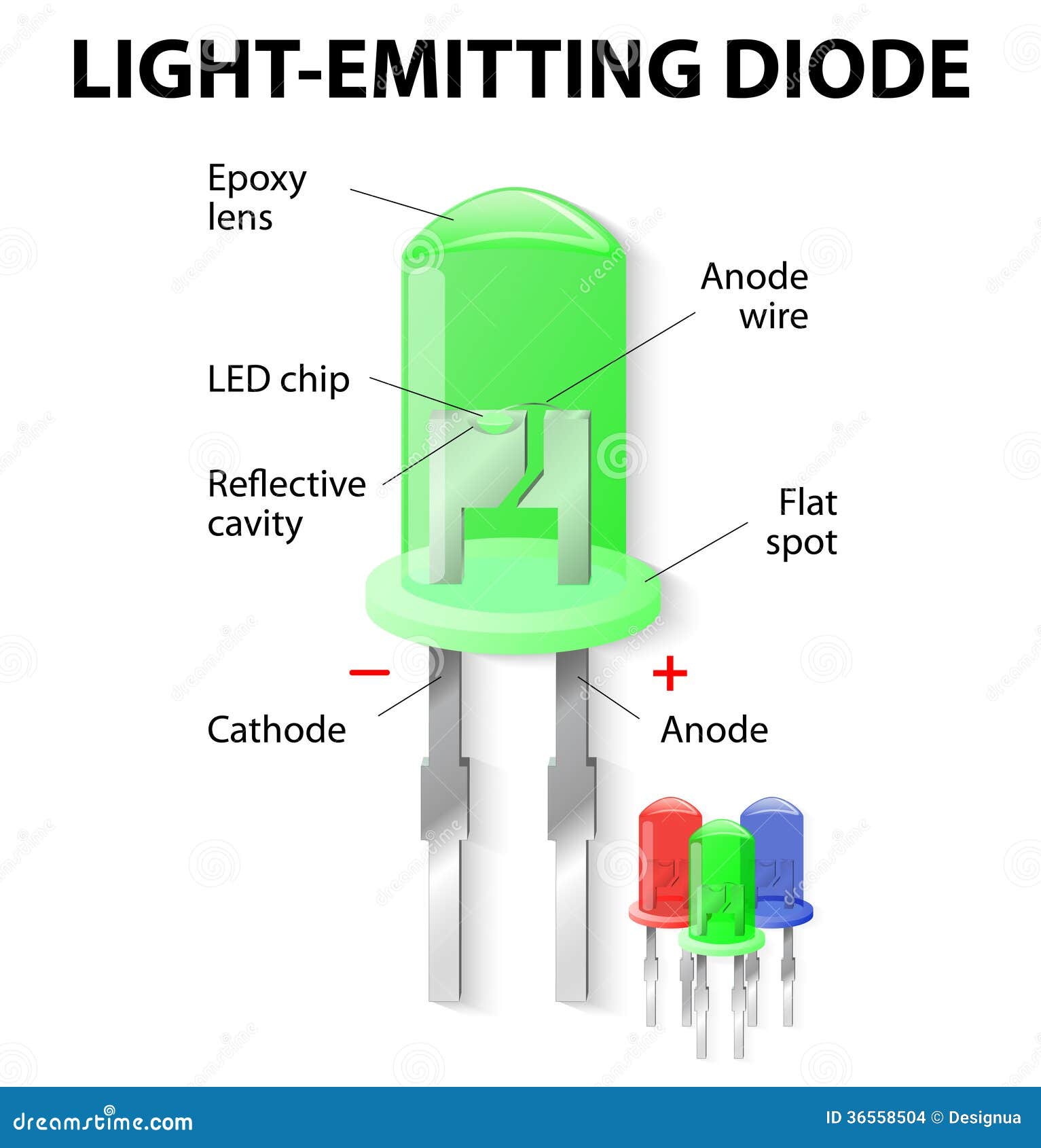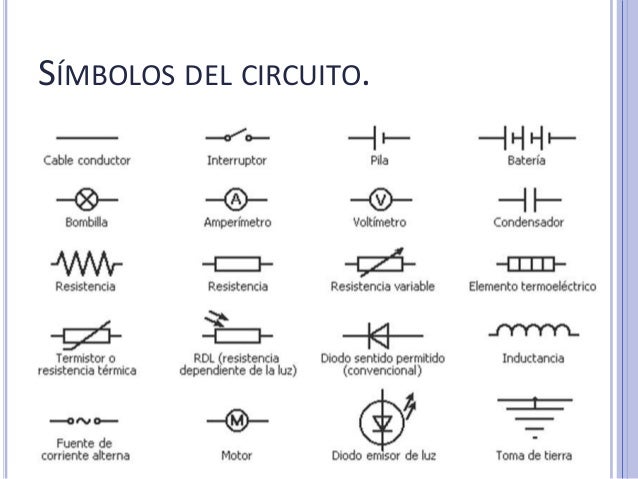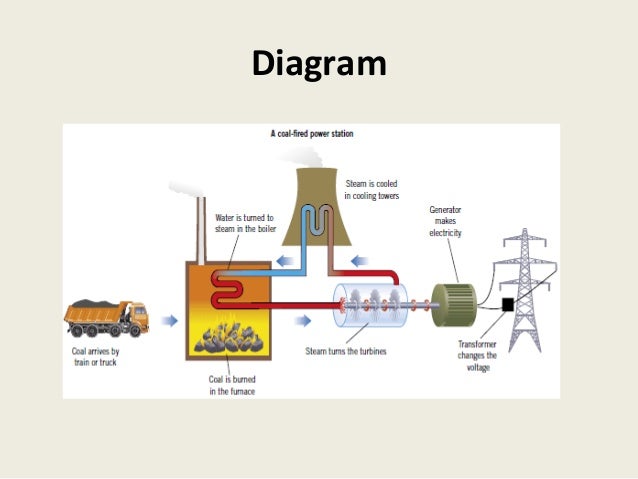KEY CONCEPTS.
- Plastics consist of long chains of atoms which are mostly composed of carbon.
- Plastics can be classified into natural and synthetic plastics.
- The process of manufacturingplastic is called polymerisation.
- Plastic materials are resistant, insulating (against electricity, heat and sound), ductile, malleable, impermeable and light.
- There are thre types of plastic recycling processes: chemical and mechanical recycling and energy recovery.
2.The classification of plastics.
KEY CONCEPTS.
- Thermoplastics are usually madre from petroleum products. The most common thermoplastics are:
- High - density polyethylene.
- Polyvinyl chloride (PVC)
- Low- density polyethylene.
- Polypropylene
- Moulded polysteryrene.
- Expanded polysteryrene or Stryrofoam.
- Thermosetting plastics are made from petroleum products. They include:
- Bakelite
- Melamine
- Polyester resins
- Typical elastomers include rubber and neoprene.
KEY CONCEPTS.
- Various industrial techniques can be used to manufacture plastic products, such us: extrusion, calendering, vacuum forming and moulding.
- The main techniques for using moulds are as follows: blow moulding, injection moulding and compression moulding.
4. Modification techniques.
KEY CONCEPTS.
- Modification techniques use tools and machines to make changues to prefabricated materials, such as sheets, bars or moulding.
- Example of these techniques include: measuring -> drawing marks and lines -> cutting -> drilling -> filing and sanding -> joining.
- You must always pay special attention to health and safety rules.
KEY CONCEPTS
- Both natural and synthetic fibres can be woven to make a variety of textiles.
- Natural fibres may come from animal sources (wool, silk), plant sources (cotton, linen, esparto, bamboo) and mineral sources (gold, silver and copper fibres)
- Synthetic fibres, such as nylon, polyester, rayon and lycra, are plastic materials.
























